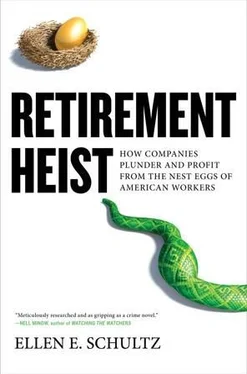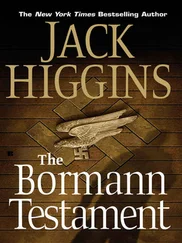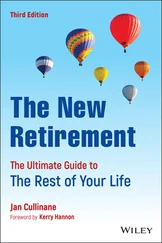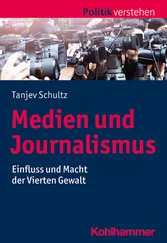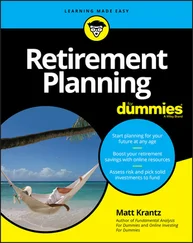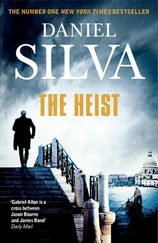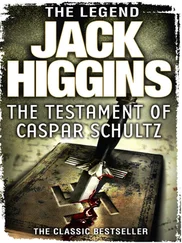And what about the other half of the compensation equation—benefits? In addition to $6.4 trillion in wages and salaries, private companies pay $1 trillion in benefits, which include contributions to retirement plans—both pensions and 401(k)s—health care, and life insurance contracts. It isn’t possible to tell what portion represents benefits—and liabilities—for executives.
At the giddy height of the mortgage bubble in 2006, economists at Goldman Sachs analyzed what had been the biggest contributors to record corporate profits. The lead items on their list weren’t productivity, innovation, or the quality of management. “The most important contributor to higher profit margins over the past five years has been a decline in labor’s share of national income,” they wrote. They weren’t talking about pensions and benefits, but the patterns are parallel.
Even if the public doesn’t know or care how big the executive liabilities are, finance officers certainly do, and they have come up with various ways to deal with it.
The life cycle of pension plans at drug wholesaler McKesson Corp. may provide a hint about how this trend will play out at the many companies with frozen pensions and growing executive liabilities.
McKesson froze its employees’ pensions in 1997, and the next year established a SERP for top management. The frozen pension plan soon had a surplus because workers were no longer building pensions and the liability was falling with every dollar paid out to retirees. Thanks to gains from curtailing the pension, plus asset returns, the frozen plan began to generate income. This offset the annual expense of the unfunded executive pensions.
Essentially, frozen employee pensions, like the one at McKesson, provide shadow funding for executive pensions. This isn’t necessarily a cash resource (see Chapter 8, “Unfair Shares”). Rather, the pension income offsets the drag the unfunded executive pensions create on income. This is one reason why companies freeze pension plans rather than terminate them: They can be worth more alive than dead. Why kill the fatted calf when you can continue to milk the cow for years?
In 2007, McKesson acquired Per-Se Technologies and merged that company’s underfunded frozen pension with McKesson’s overfunded frozen pension. This relieved McKesson of the need to contribute to the Per-Se plan. Indirectly, McKesson had monetized the surplus assets in its frozen pension plan. Over time, assuming McKesson doesn’t extract the assets, the plan will have a surplus that will continue to build, especially when interest rates begin to rise from their historically low levels. Once again, the frozen plan will be a shadow fund for the executive pensions, including the more than $90 million owed to chief executive John Hammergren.
Chapter 7
DEATH BENEFITS
How Dead Peasants Help Finance Executive Pay
JUST BEFORE CHRISTMAS 2008,Irma Johnson, a widow in Houston with two young children, got a check in the mail for $1,579,399. It was the death benefit proceeds from the life insurance policy on her husband, Daniel, who’d died of a brain tumor at age forty-one the summer before. But the check wasn’t payable to the Johnson family. It was made out to Amegy Bank, the company that had fired her husband six years before he died.
The check was accompanied by a note from the U.S. Postal Service, saying that the original envelope had become damaged in processing. But there was no other explanation. Mystified, Johnson called the insurer that had issued the check, Security Life of Denver Insurance Co. The person she spoke to told her that Amegy Bank of Houston was the beneficiary of a life insurance policy on her husband’s life. The insurer had already sent the bank a check to replace the one lost in the mail.
This was the first time Johnson had ever heard of the policy, and she was appalled. The bank had taken out a life insurance policy on her husband and now was going to keep the money. But she would have been even more outraged if she had known where the money would go.
In recent years, as the costs of salaries and benefits for executives have put huge IOUs on corporate books, companies have begun stuffing billions of dollars into new and existing life insurance contracts taken out on the lives of their employees. The insurance policies serve as pseudo pension funds for executives: companies deposit money into the contracts, which act like giant IRAs. Like an IRA, the money in the policies is allocated among investments and grows tax-free. When the employees die—no matter how long it’s been since they’ve left the company—the death benefit goes to the company tax-free. The primary goal, though, isn’t to harvest the death benefit but to reap tax benefits and to use the investment income to offset the cost of the executive obligations.
Technically, it’s illegal for companies to buy life insurance on workers as a tax dodge, but companies can buy it to finance “employee benefits.” This loophole was created in the 1990s when companies and life insurance lobbyists convinced lawmakers that they could use the insurance to pay for “retiree benefits.” What they didn’t tell Congress was that the retiree benefit they were referring to was executive deferred compensation.
This corporate-owned life insurance, or COLI for short, was initially nicknamed “janitors insurance,” because when companies first started taking out the coverage in the 1980s and early 1990s, the policies could cover almost anyone at a company, even the janitors. More recently, it has become known as “dead peasants insurance,” which is how an insurance consultant for Winn-Dixie Stores, who had apparently watched too many Monty Python movies, referred to it in some memos in the mid-1990s.
Although the companies receive the death benefits, it isn’t really the cash that the companies are looking for. The big money, and the big benefit they get, comes from keeping the money in the contracts. This is thanks to a cascade of tax breaks and accounting rules that enable these pseudo pension funds to generate income that boosts profits. It works like this. Let’s say a company owes its executives $1 billion in deferred compensation. Since the obligation is unfunded, the interest on the debt hurts the company’s earnings. Essentially, the executives, by deferring their pay, are making a loan to the company; the company owes them interest on the loan. The interest cost on the debt reduces the company’s income. Unlike regular pensions, executive pensions aren’t funded, so there are no investment returns to offset the cost of carrying the debt. And whereas other debt burdens, like retiree health benefits, can be—and often are—cut, companies rarely cut executive benefits.
Enter life insurance policies. The kind companies buy aren’t the simple ones that pay a death benefit, but “cash value” policies, like “whole life” and “universal life” contracts, which are investment accounts with a death benefit attached. Because the account is wrapped in an insurance policy, the investments within it accumulate untaxed. In other words, the life insurance contract is a stand-in for a tax-favored pension fund.
The life insurance contracts not only provide some of the same tax benefits as pension funds; they also provide the same accounting benefits. Investments in insurance policies not only grow tax-free, but their returns pump up company income. If the investments had a return of $100 million, the company could add the $100 million to its income that year, which would offset the interest cost on the executive obligations. This tax-free flow of investment income—like the income from investments in pension funds—offsets the interest cost of the executive obligations.
Читать дальше
